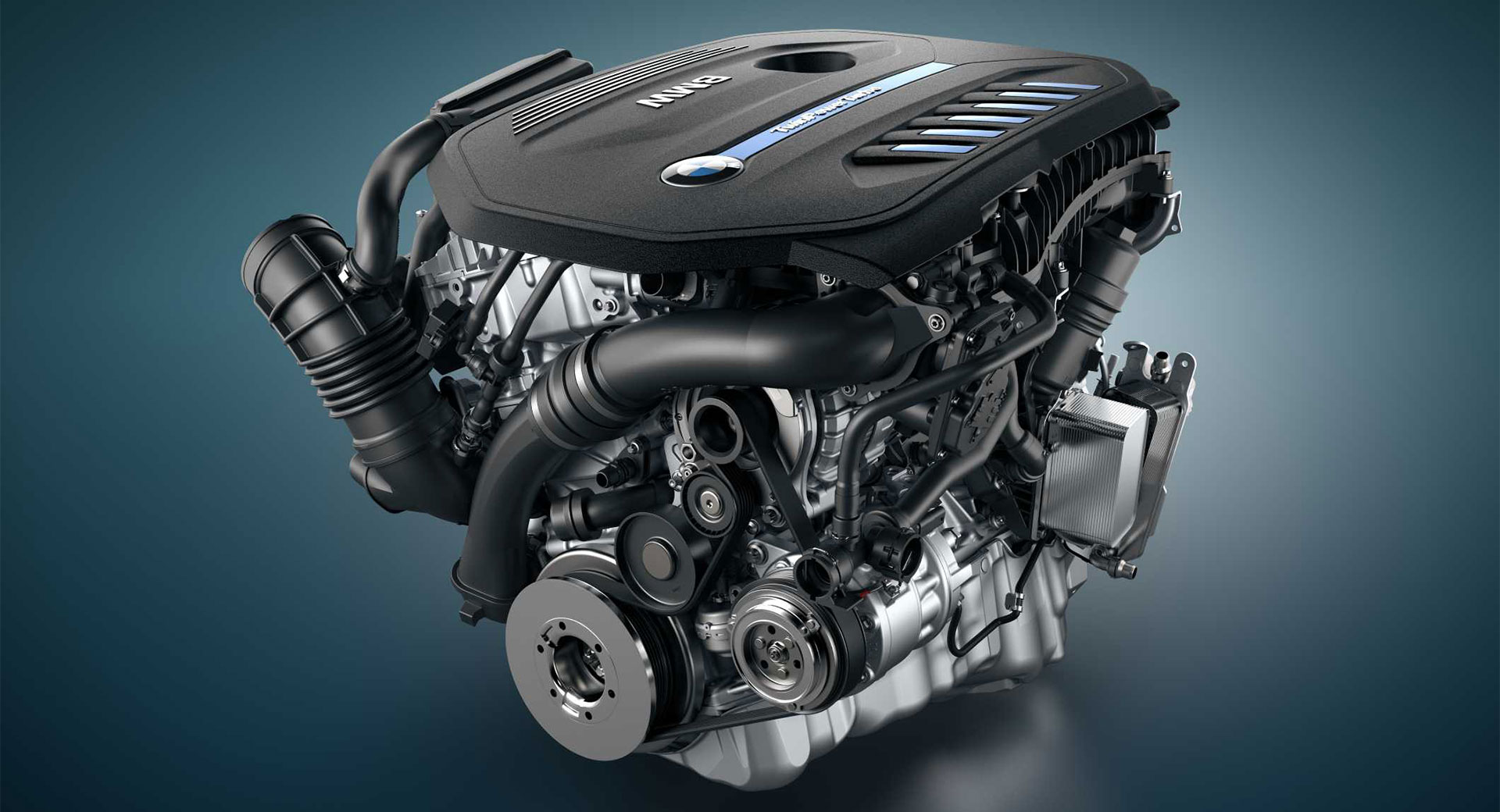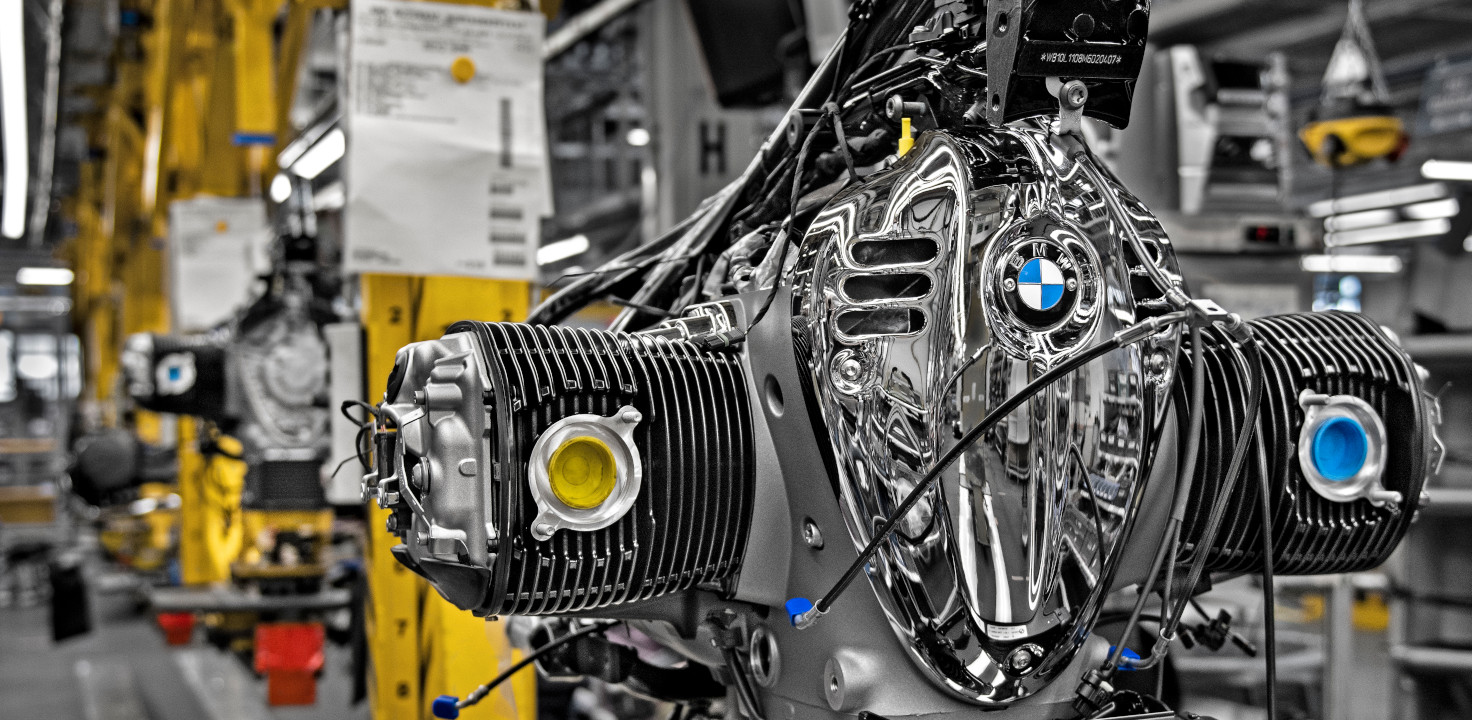The Function of BMW Engine Layout in Achieving Exceptional Fuel Efficiency
The Function of BMW Engine Layout in Achieving Exceptional Fuel Efficiency
Blog Article
Checking Out the Evolution of Burning Engines in Modern Transportation Equipments
As we browse the landscape of contemporary transport, the advancement of burning engines stands as a testament to human ingenuity and engineering expertise. From their humble beginnings to the innovative giants propelling lorries today, combustion engines have undertaken an impressive trip of innovation and adjustment. Comprehending the complexities of this evolution not only sheds light on the past however also leads the method for picturing what exists in advance in the world of transportation technology. The interaction of background, technology, and environmental concerns fit the trajectory of burning engines creates a story that is both insightful and compelling.
Very Early Beginnings of Combustion Engines
Just how did the concept of burning engines first arise in the very early phases of transportation advancement? The origins of burning engines can be mapped back to the 17th century when the concepts of internal burning were very first discovered.
The breakthrough moment featured the development of the first successful gasoline-powered engine by Karl Benz in 1885 - bmw engine. This engine led the way for the growth of the modern auto, reinventing transportation systems worldwide. Subsequent technologies by Nikolaus Otto and Gottlieb Daimler further refined burning engine technology, bring about the automation of automobiles and the fast expansion of the transport sector
These early combustion engines were identified by their simpleness and effectiveness, laying the structure for the complicated and powerful engines made use of in modern-day transport systems. The advancement of burning engines has been crucial in shaping the means we take a trip and transfer items, marking a significant turning point in the history of transportation growth.
Shift to Internal Burning Innovation
The change to internal combustion modern technology noted a pivotal shift in the development of transport systems. This shift began in the late 19th century, with developers like Nikolaus Otto and Gottlieb Daimler developing the first successful internal combustion engines. These engines changed transport by providing a much more powerful and efficient option to heavy steam engines and electrical motors.
Among the vital benefits of internal burning engines was their capacity to be reduced to match lorries, causing the growth of motorcycles and vehicles. This shift from cumbersome, stationary engines to compact, mobile ones led the way for the contemporary transport systems we see today.
The change to internal burning modern technology additionally spurred innovations in gas innovation, leading to the advancement of gas and diesel as key gas resources for vehicles. This shift not only made transportation more easily accessible to the masses however likewise laid the foundation for the oil and gas industry to come to be essential to worldwide economic climates.
Effect of Combustion Engines on Transportation
The fostering of burning engines in transportation systems catalyzed a profound change in the effectiveness and rate of worldwide movement. Combustion engines reinvented transportation by offering a functional and dependable source of power for various cars, consisting of automobiles, vehicles, aircrafts, and ships. This development significantly boosted the capability for goods and individuals to conform cross countries in shorter amount of time, bring about enhanced connectivity in between areas and countries.
Additionally, the extensive use of combustion engines has actually had a substantial impact on financial growth. The capability to carry products efficiently has stimulated trade and business, enabling companies to broaden their markets and reach consumers worldwide. This has actually facilitated economic development and globalization, as items can now be delivered much faster and in larger quantities than in the past.
Nevertheless, the ecological effect of combustion engines can not be ignored. The combustion of fossil gas has led to air contamination and greenhouse gas exhausts, adding to climate modification and presenting wellness risks to populaces. bmw engine. Because of this, there is an expanding emphasis on creating alternative propulsion modern technologies to minimize these negative impacts and their website produce a much more sustainable future for transport
Advancements in Combustion Engine Design
One significant development is the growth of turbocharged engines, which utilize exhaust gases to drive a wind turbine that presses inbound air, enabling for more fuel to be burned, resulting in increased power result without a considerable rise in engine size. Variable shutoff timing systems have actually also changed engine style by optimizing air movement at various engine speeds, enhancing both power and efficiency. These developments collectively contribute to the constant improvement of burning engines in modern transport systems.
Future Fads in Burning Engine Development
With technology developments driving continuous development, the future of burning engine growth is poised to transform transport systems worldwide. One of the key fads in combustion engine growth is the push towards greater effectiveness and lowered emissions.
One more popular pattern is the adoption of hybrid technologies in burning engines. Hybrid engines incorporate conventional burning technology with electrical power, supplying boosted fuel effectiveness and reduced exhausts. As the automobile sector changes in the direction of electrification, hybrid combustion engines are viewed as a transitional service that links the void in between standard automobiles and completely electrical ones.
Moreover, the assimilation of clever technologies, such as expert system and data analytics, is anticipated to play a substantial role in the future of burning engine growth. These technologies can maximize engine performance in real-time, bring about a lot more efficient combustion processes and improved total lorry performance. Embracing these future patterns will certainly not just drive advancement in burning engine advancement but also contribute to a much more environmentally pleasant and lasting transport community.

Final Thought
In conclusion, the development of burning engines in contemporary transport systems has actually been noted by considerable innovations read the article in technology and design. From the early beginnings of burning engines to the change to inner burning modern technology, these engines have actually had an extensive influence on transport.
The origins of burning engines can be mapped back to the 17th century when the principles of internal burning were initial discovered. These engines changed transport by supplying an extra effective and effective alternative to heavy steam engines and electrical motors.

Report this page